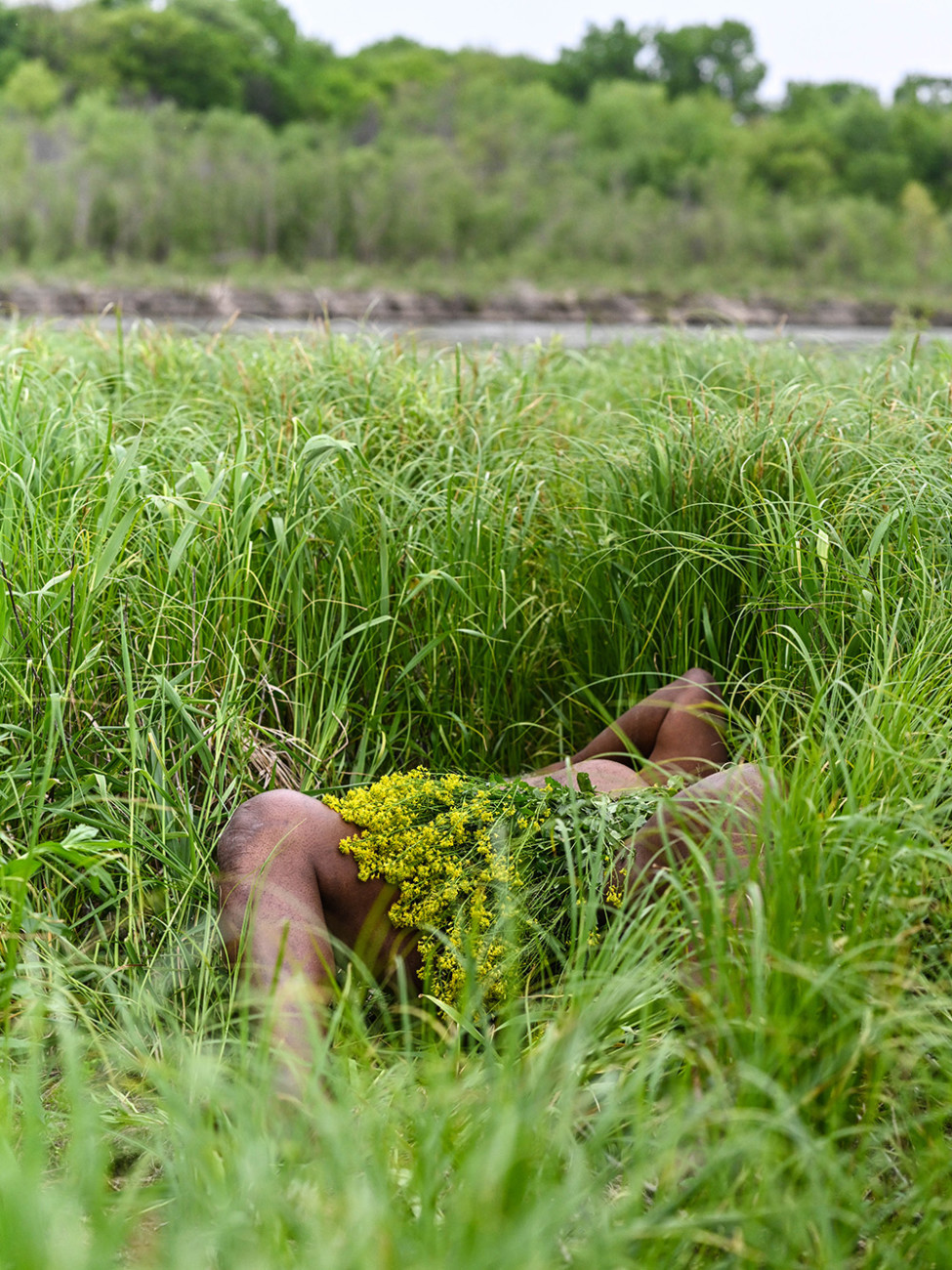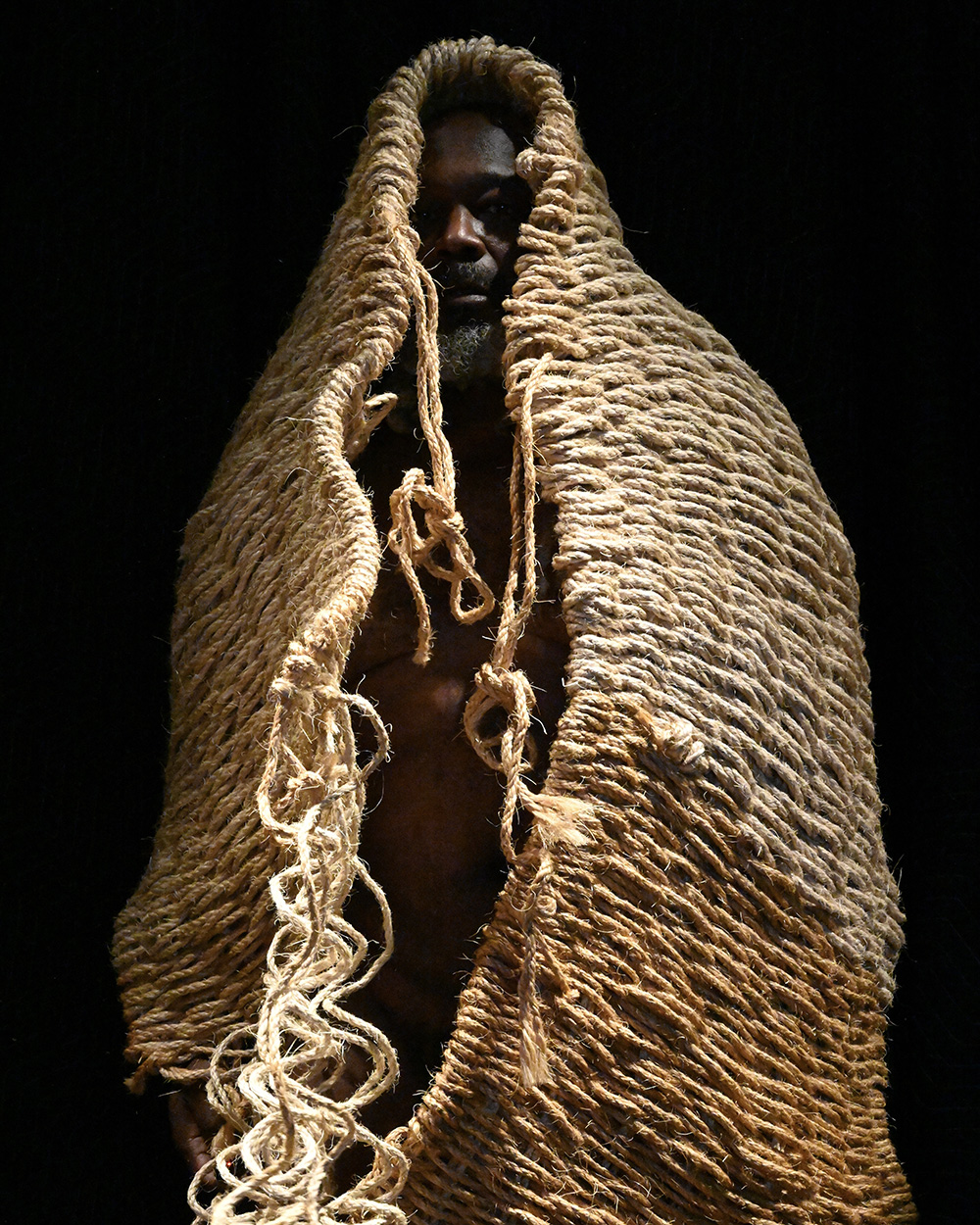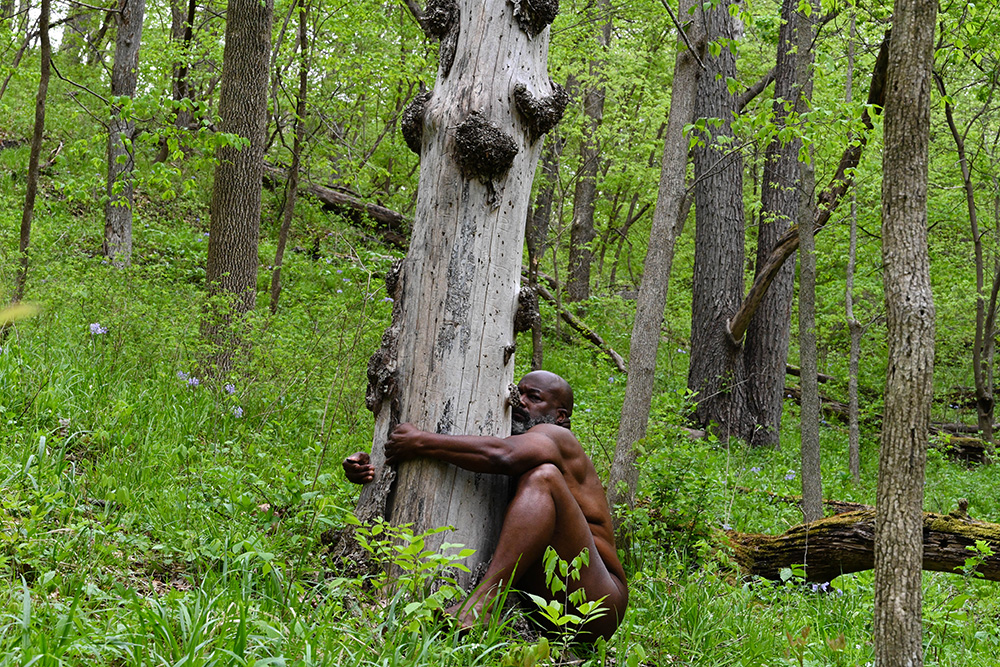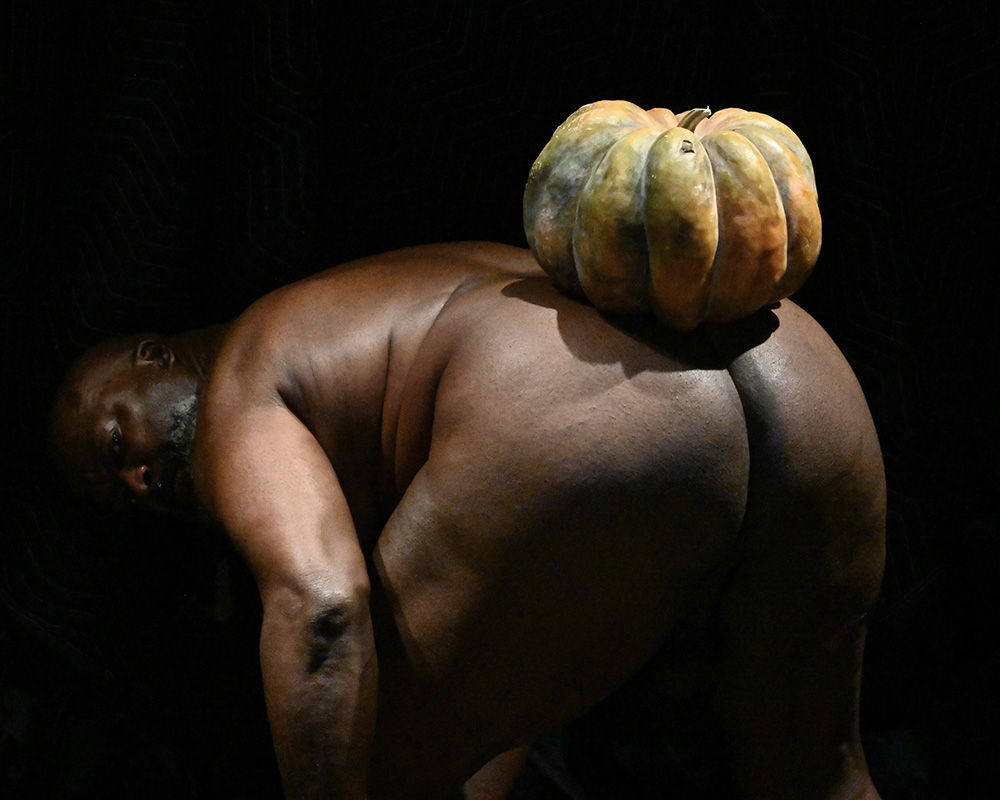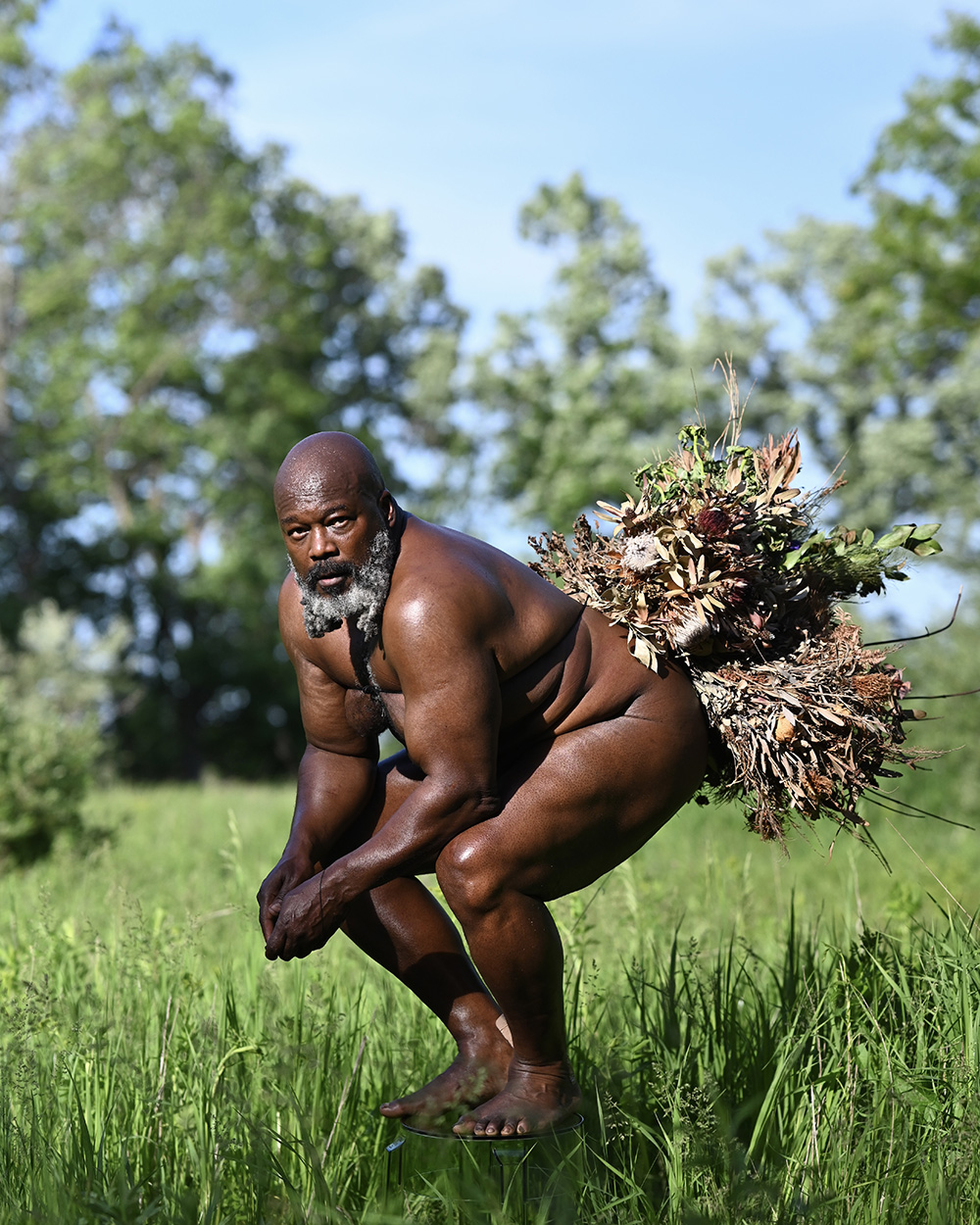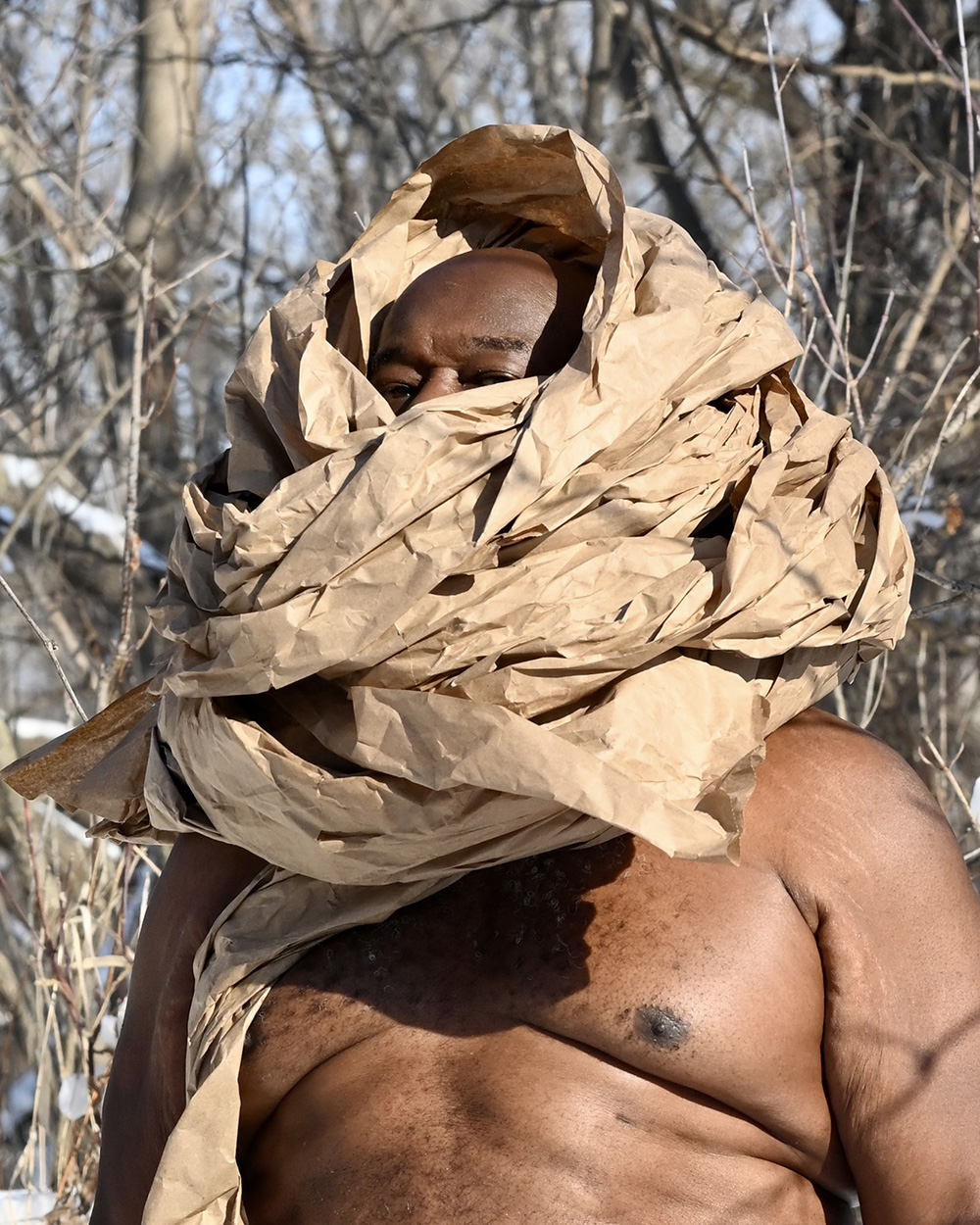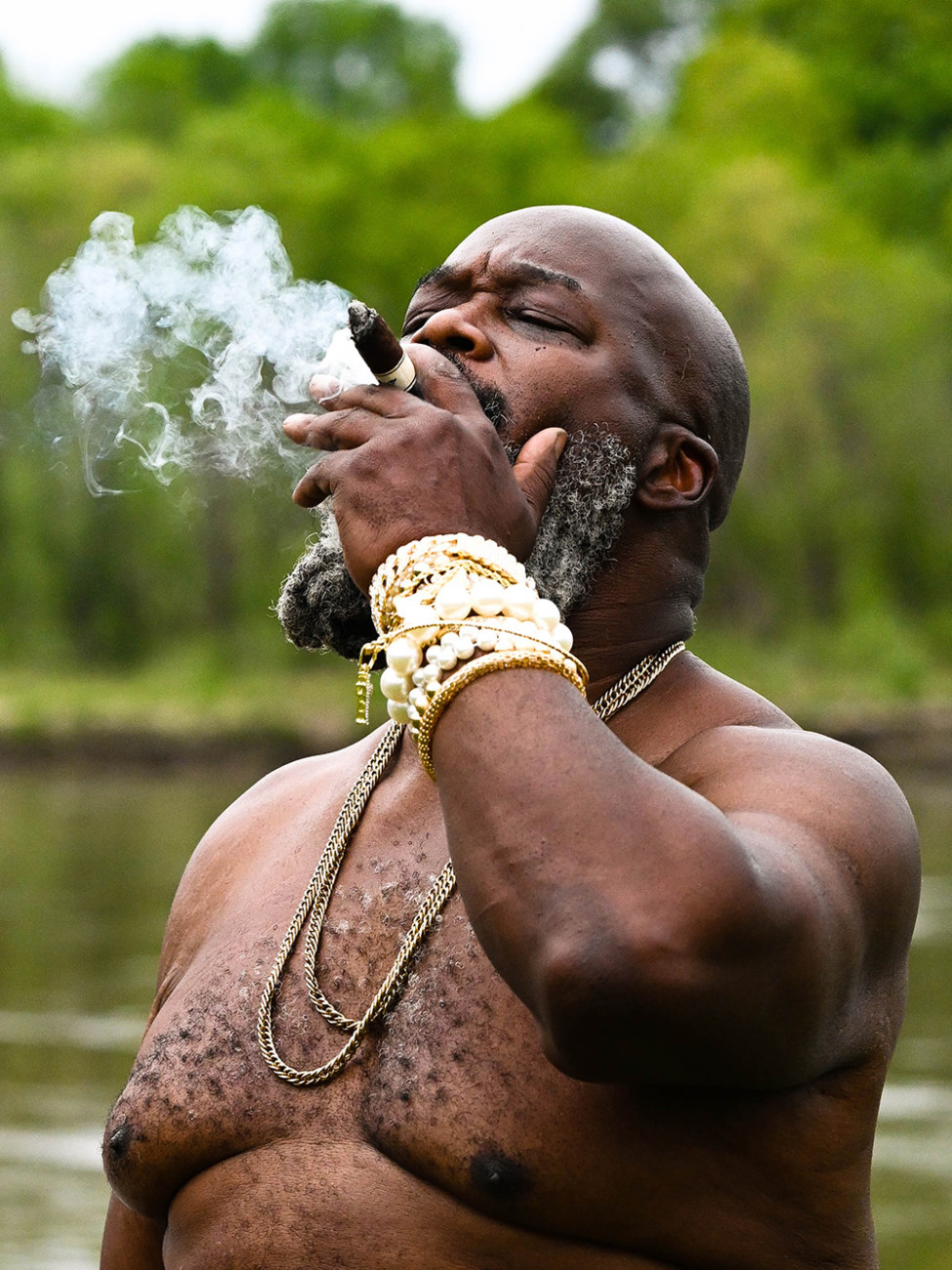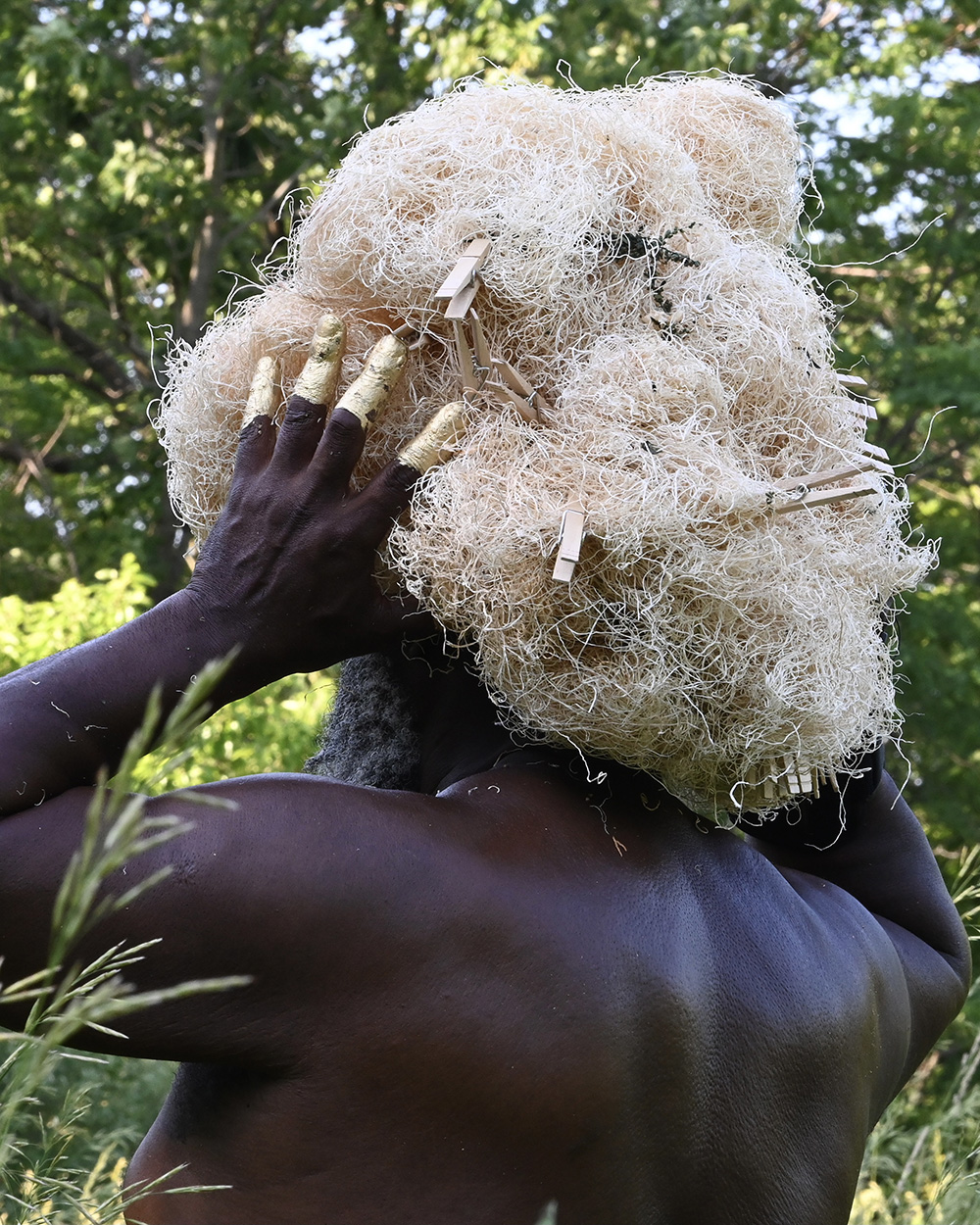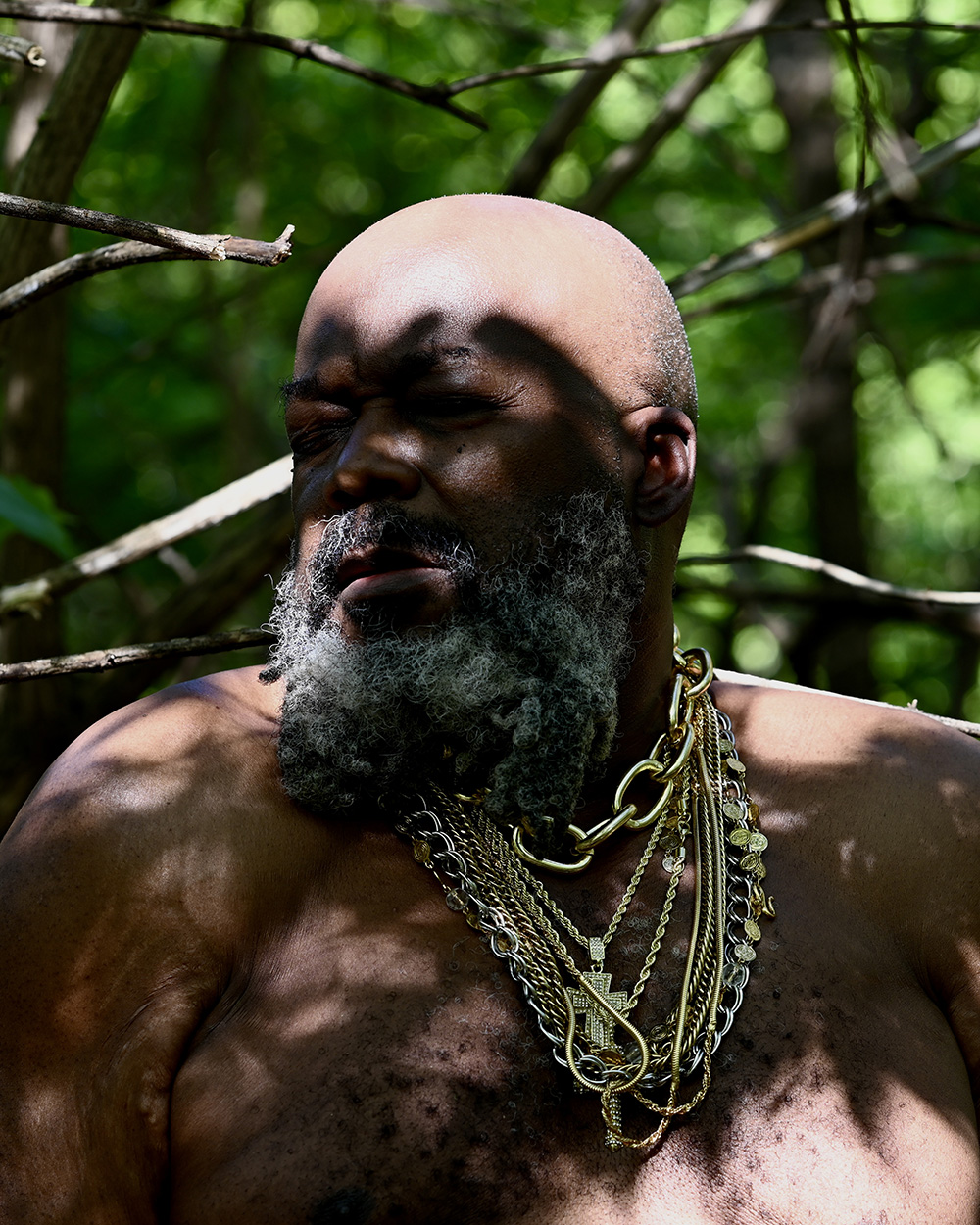Mitchell Squire is a multidisciplinary artist, educator, and curator whose practice encompasses architecture, visual art, and the study of material culture. He has mounted solo exhibitions at CUE Art Foundation (NY), White Cube (London), Bemis Center for Contemporary Art (Omaha), and the Des Moines Art Center, and has had work included in signature group exhibitions across the United States such at Richard Gray Gallery (Chicago), Lesley Heller Gallery (New York), Everson Museum of Art (Syracuse), and Minneapolis Institute of Art. His work is in the permanent collections of the Des Moines Art Center and the Minneapolis Institute of Art as well as major private collections worldwide. He has completed residencies at Skowhegan School of Painting and Sculpture, Ox-Bow School of Art and Artists’ Residency, and Banff Centre for Arts and Creativity, and has been an invited participant in educational programs at Museum of Modern Art (NY), New Museum (NY), Pérez Art Museum Miami, and La Biennale Architettura di Venezia. Squire currently holds the position of Professor of Architecture at Iowa State University where he took both undergraduate and graduate degrees, and has been visiting professor at Bernard & Ann Spitzer School of Architecture at City College New York (2020/21), University of Tennessee (2020), University of California Berkeley (2012 and 2015), University of Michigan (2009), and University of Minnesota (2000), and has taught abroad in Rome, Italy (2004, 2007). He has received ACSA awards for New Faculty Teaching (2005) and Creative Achievement (2009). He recently co-curated “Black Stories” at the Des Moines Art Center.



bloom BOOM: an anarchy of blackness
At so critical a time for photography as now, there are not enough profound images made about what being a senior Black man means and how a Black “elder” might be pictured in ways other than the stereotypical: such as the sage, the OG, the retired, and the one whose wisdom must be sought for how to get along in the world. Yet whose provocative images of himself we care not to see. Ew.
But senior Black men living in 2020, who could still just as easily be murdered by police while innocently sleeping in the privacy of his home as he could in public before the eyes of the nation while a brutal knee compresses the life out of him; for whose chances of being spared by a raging pandemic are atrociously slim; for whom each day holds the distinct possibility that he might not see another sunrise, the mythical stereotypes of stability fall to the floor. We live with equal uncertainty and precariousness, but it seems no one knows what that looks like in ways other than for the purposes of evoking sympathy, pity, or sorrow. But we play, we dream, we show out, we resist, we love, we smoke, we preen, we glow, we test our limits. And we are not done yet!
When a friend responded to a recent IG post of a self portrait, mentioning of John Coplans (1920-2003) whose seminal works were black and white self portraits which are “a frank study of the naked, aging body” but which never dealt with his specific identity (his photographs never showed his face), I was both happy and sad: happy that she knew the terrain upon which I traveled, but saddened that she probably couldn’t make a more contemporary reference, much less regarding a Black male.
The confluence of crises in 2020 put me in a frame of mind to question whether I had fully engaged this life; whether it was even worth it to do so; and whether the pleasure and joy of being me needed to be writ large in everything I do. So, I began to answer photographically how this muthafuckin’ 60+ year old man might live increasingly unmeasured, uncensored, and ungovernable; so thoroughly carried along by the flow as he had never been. I took to the grassy fields of wildflowers, the muddy creek beds, the forests, the darkness of dilapidated sheds, and the snow covered plains to make self portraits which would reveal to the world more clearly how I inhabited myself, how I could live inside an inhabitation where immediacy reigns, wantonness becomes the standard, and fugitivity resounds. This reliquary of visual noise amplifies my anarchy, my one-person revolution to feel, to continually establish a presence drawn deeply into this earth by a different field of gravity. I call the project bloom BOOM.
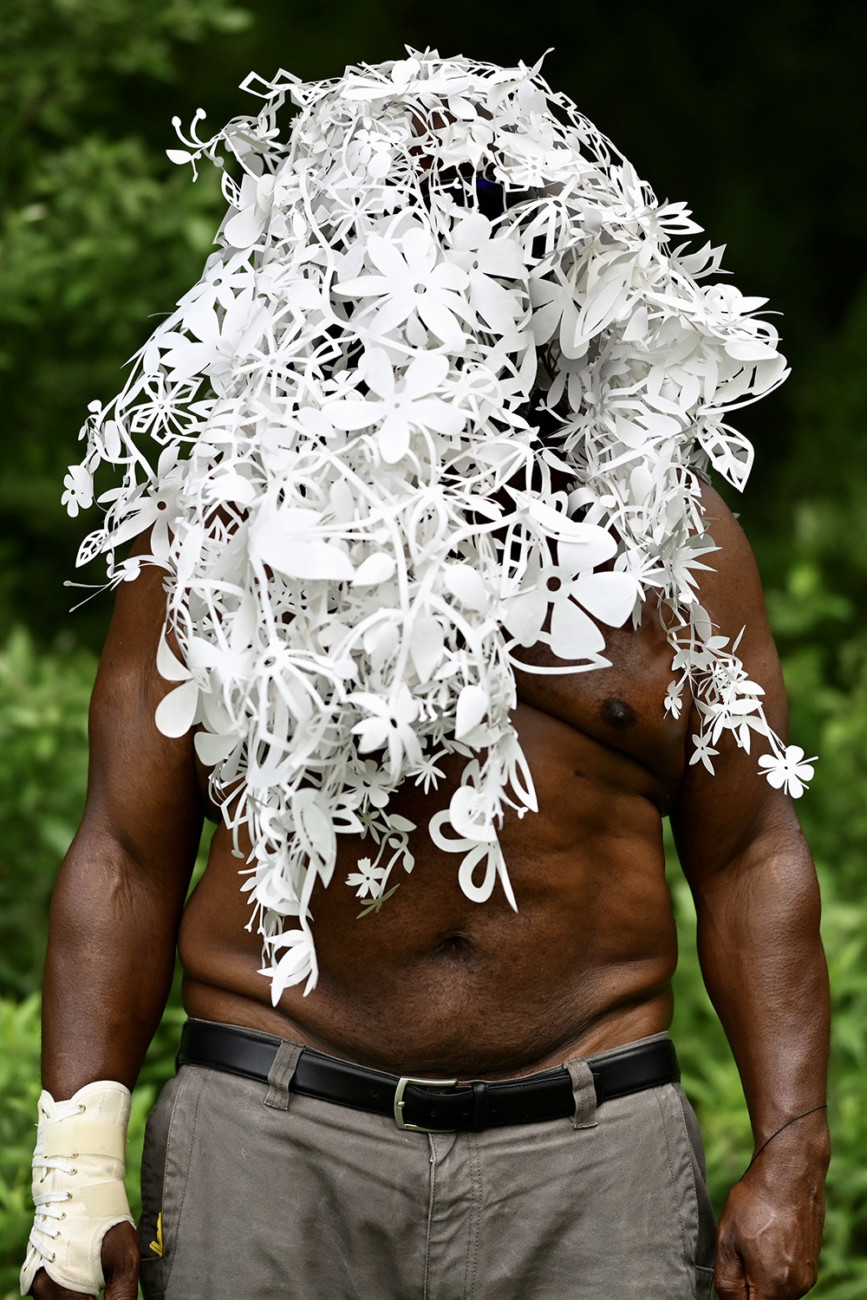
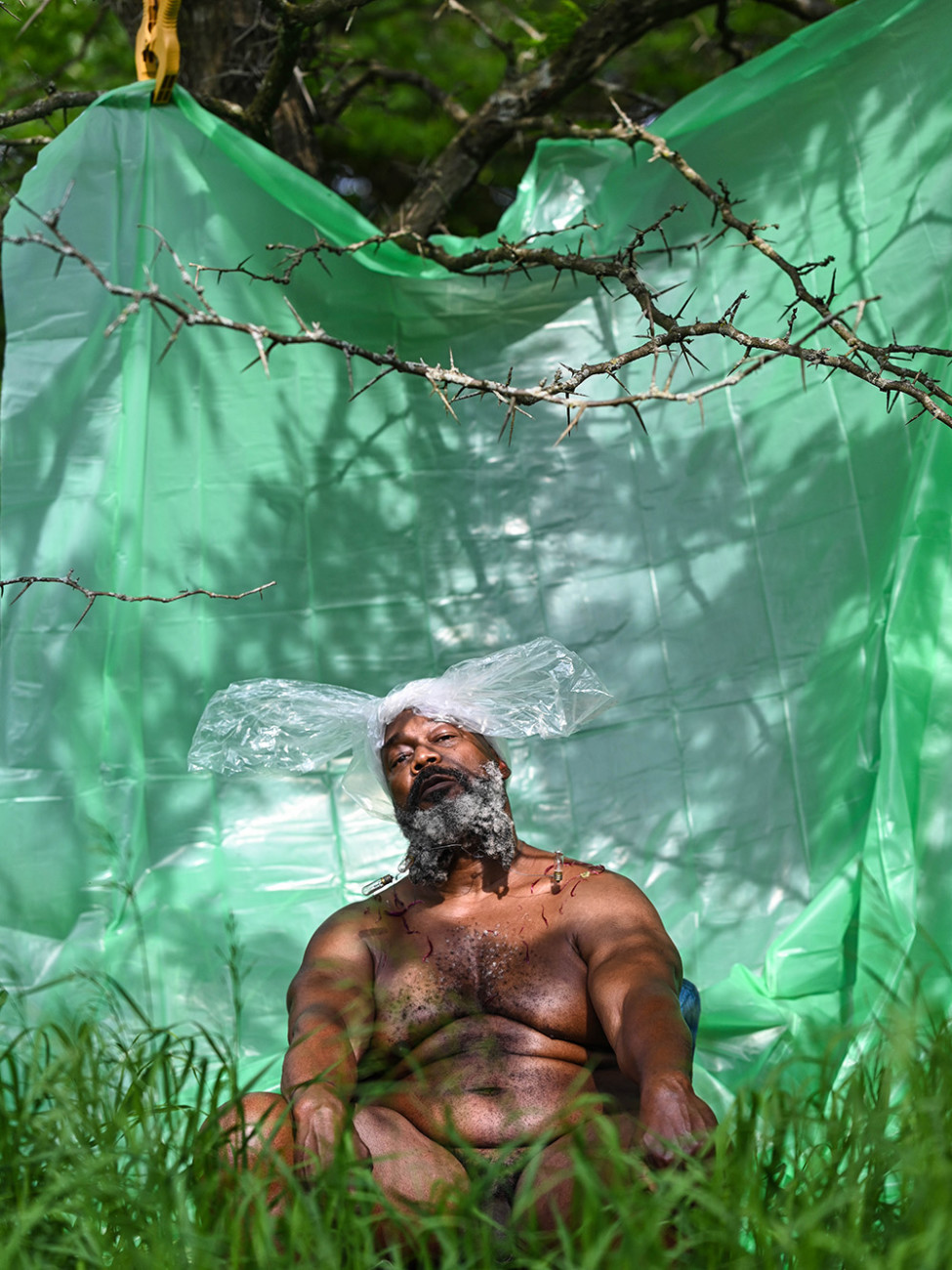
To view more of Mitchell Squire’s work please visit their website.
